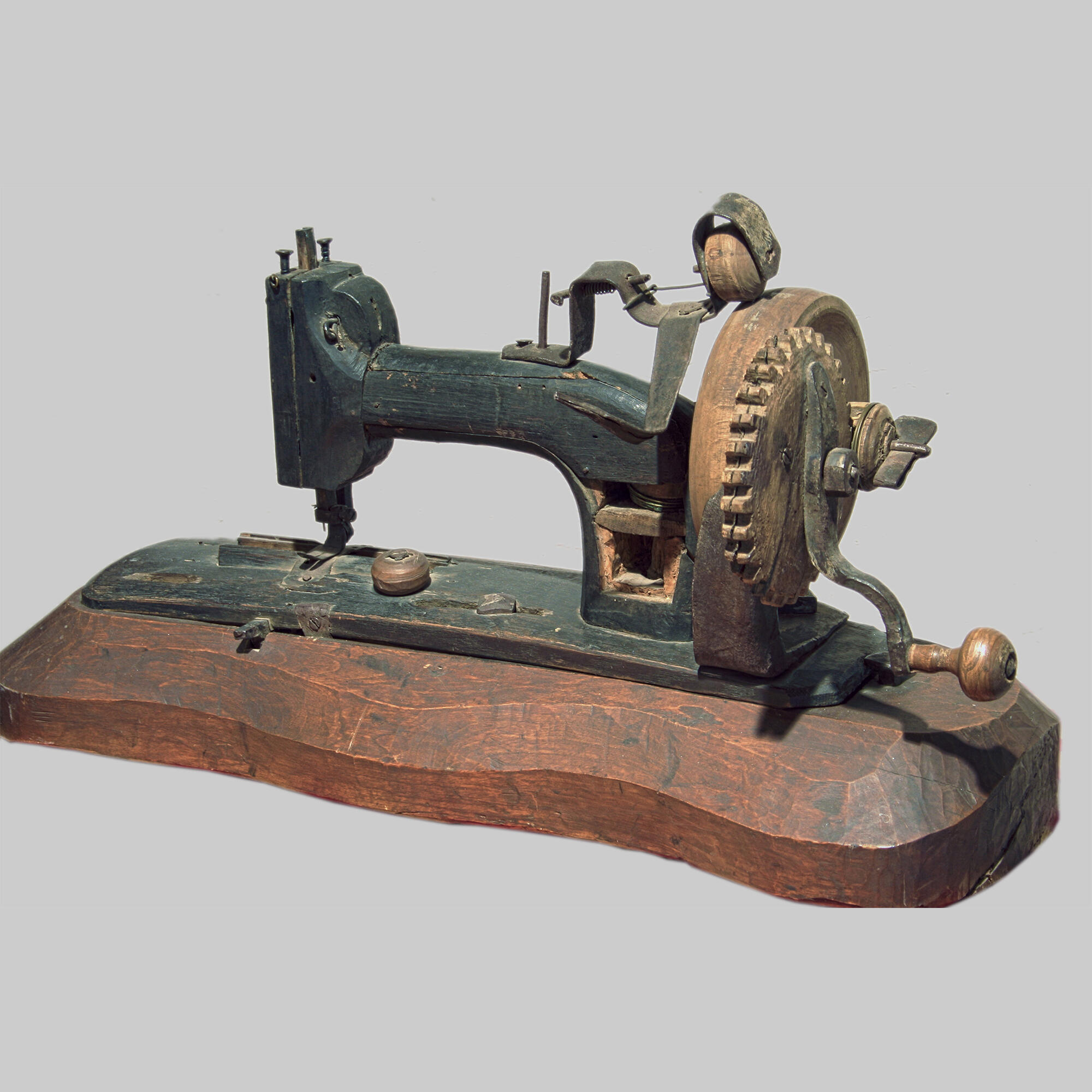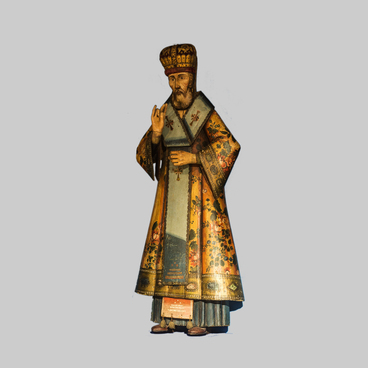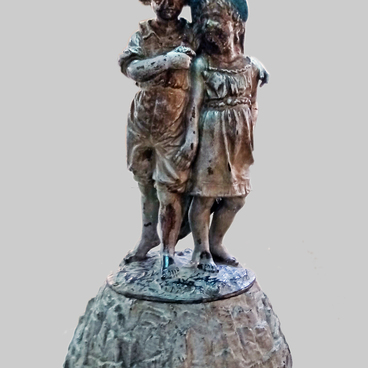The collection of the State Museum of the South Ural History includes a unique sewing machine made by the peasant Mark Shabalin in 1888. He modeled it after a Singer sewing machine and made it entirely of wood. The sewing machine was donated to the Chelyabinsk State Museum of History and Local Lore in 1929. It was one of its first exhibits.
Mark Shabalin, who lived between 1870 and 1942, was born in the village of Novoselovy, located in the Oryol District of the Vyatka Governorate. He moved to the Urals, where he worked at the Chelyabinsk Tractor Plant, in 1901. On March 16, 1958, the Ogonyok magazine wrote: ‘A wooden sewing machine is exhibited at the Chelyabinsk State Museum of History and Local Lore. In 1888, M. Shabalin, an eighteen-year-old peasant from the Vyatka Governorate, saw a factory sewing machine in a neighboring village and decided to make a similar one. He used improvised means, namely wood. He worked with a knife, an axe, and an awl.’
The first machine for sewing fabric cuts with a double-edged needle was invented by Charles Wiesenthal from Germany in 1755. However, the device did not become widespread due to its numerous design flaws. Other inventors later made many attempts to design an improved model that would utilize modern sewing techniques such as the lockstitch, an eye-pointed needle, the chain stitch, and a shuttle. However, the first real prototype of a modern sewing machine, that is, a mechanism that produced a shuttle stitch interlocking with a thread on the other side of the material being sewed, was patented only in 1845 by the American Elias Howe. His invention still needed some improvement, so a more advanced version of a hand crank sewing machine designed by Isaac Singer was released already in 1851. Its design was perfected over time, with the first electric sewing machine appearing in 1870. Singer Corporation had a sales office in the Russian Empire. It was located in a specially constructed Art Nouveau building on Nevsky Prospekt, which featured a glass globe on top of its tower. Today this building is known as the ‘Singer House’, and is occupied by the bookstore Dom Knigi (lit.: House of the Book).
Despite the development and improvement of sewing machine designs, both Singer’s household model and devices with Elias Howe’s mechanism are still used today.
Mark Shabalin, who lived between 1870 and 1942, was born in the village of Novoselovy, located in the Oryol District of the Vyatka Governorate. He moved to the Urals, where he worked at the Chelyabinsk Tractor Plant, in 1901. On March 16, 1958, the Ogonyok magazine wrote: ‘A wooden sewing machine is exhibited at the Chelyabinsk State Museum of History and Local Lore. In 1888, M. Shabalin, an eighteen-year-old peasant from the Vyatka Governorate, saw a factory sewing machine in a neighboring village and decided to make a similar one. He used improvised means, namely wood. He worked with a knife, an axe, and an awl.’
The first machine for sewing fabric cuts with a double-edged needle was invented by Charles Wiesenthal from Germany in 1755. However, the device did not become widespread due to its numerous design flaws. Other inventors later made many attempts to design an improved model that would utilize modern sewing techniques such as the lockstitch, an eye-pointed needle, the chain stitch, and a shuttle. However, the first real prototype of a modern sewing machine, that is, a mechanism that produced a shuttle stitch interlocking with a thread on the other side of the material being sewed, was patented only in 1845 by the American Elias Howe. His invention still needed some improvement, so a more advanced version of a hand crank sewing machine designed by Isaac Singer was released already in 1851. Its design was perfected over time, with the first electric sewing machine appearing in 1870. Singer Corporation had a sales office in the Russian Empire. It was located in a specially constructed Art Nouveau building on Nevsky Prospekt, which featured a glass globe on top of its tower. Today this building is known as the ‘Singer House’, and is occupied by the bookstore Dom Knigi (lit.: House of the Book).
Despite the development and improvement of sewing machine designs, both Singer’s household model and devices with Elias Howe’s mechanism are still used today.



